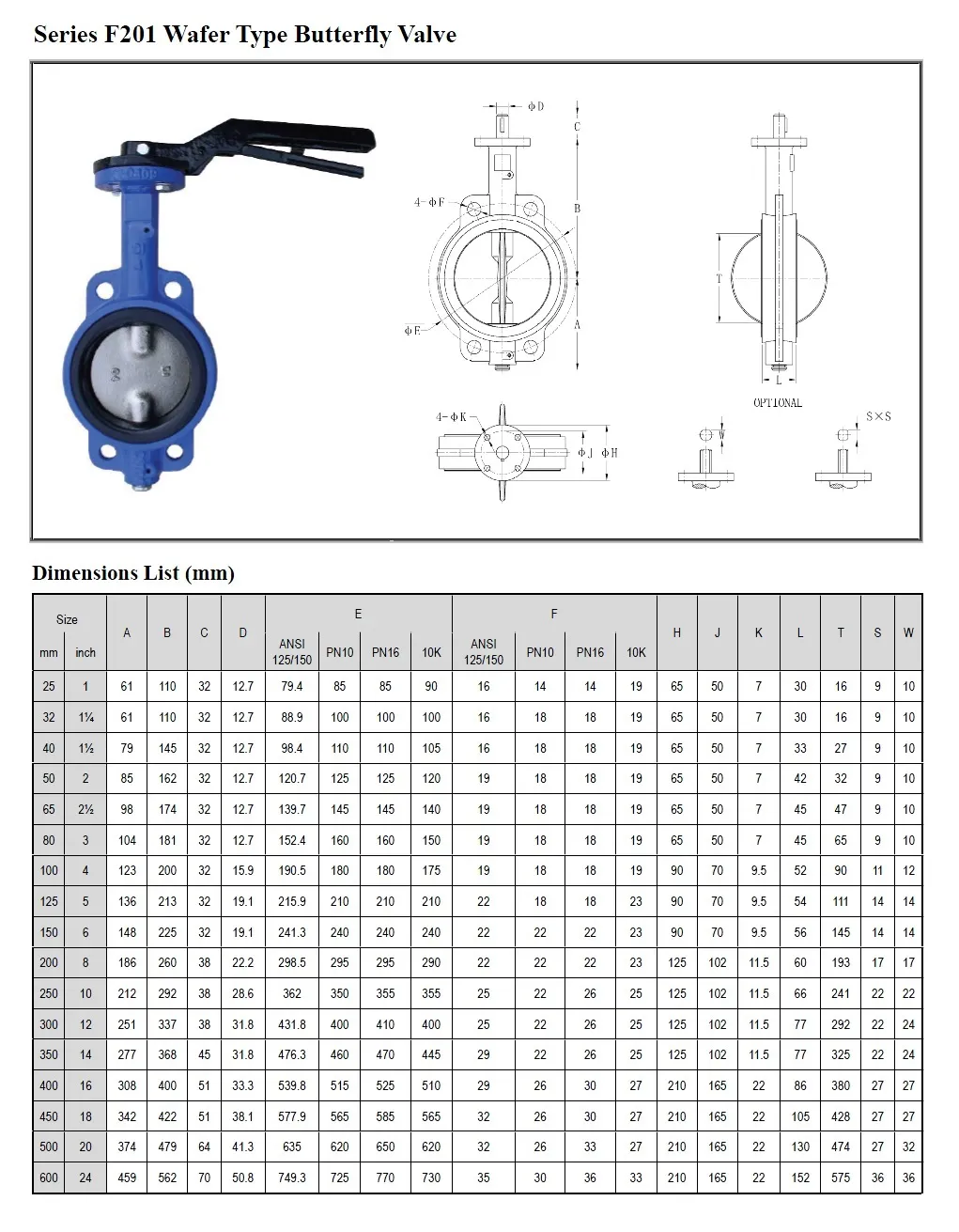Jan . 31, 2025 04:34
For someone diving into the world of fluid control systems, the 2 1/2 inch butterfly valve serves as a quintessential component — one that balances efficiency, reliability, and affordability, crucial for various industrial applications. As industries ranging from chemical processing to water management seek efficient flow control solutions, understanding the intricacies of this equipment can lead to significant optimizations in both process performance and cost management.

The genesis of expertise with butterfly valves begins with comprehending their structural simplicity and functional robustness. A 2 1/2 inch butterfly valve typically features a disc positioned at the center of the pipe which rotates on an axis perpendicular to that of the piping system, allowing operators to regulate fluid flow accurately. The valve’s mechanism is ingeniously straightforward a quarter-turn positions the disc either parallel or perpendicular to the flow, instantaneously transitioning through open, closed, or throttled states. This design not only minimizes the valve body but also offers quick functionality—a critical feature in industries that demand rapid response times.
Real-world experience underscores the importance of material selection in butterfly valves to ensure durability and performance under varying operational conditions. The valve body and disc can be manufactured from materials such as stainless steel, ductile iron, or PVC, each offering different levels of corrosion resistance and strength. For example, applications dealing with corrosive substances often opt for valves coated or lined with polytetrafluoroethylene (PTFE) to enhance resistance and longevity. Such material considerations are paramount for ensuring the valve maintains its integrity and reliability over years of operation.

Experts in fluid dynamics understand that while size is a defining characteristic, the 2 1/2 inch butterfly valve’s efficiency also hinges on its seal quality and actuation method. High-quality elastomer seats, such as EPDM or Viton, provide excellent sealing capabilities, preventing leakage even under high pressure. Actuation methods—manual levers, gear operators, or sophisticated pneumatic and electric actuators—offer varying degrees of precision and automation. Selecting the appropriate actuation not only improves operational efficiency but also aligns with the facility’s control system requirements, reducing manual intervention and potential human errors.
2 1 2 inch butterfly valve
Authority in the domain also demands a focus on the valve’s compatibility with existing systems. Integrating a 2 1/2 inch butterfly valve requires careful consideration of flange compatibility, pressure ratings, and the medium being handled. Leveraging a valve that aligns seamlessly with the system minimizes downtime during installation and ensures optimal performance during its lifecycle. This compatibility is particularly essential in retrofitting projects where existing infrastructure limitations challenge seamless integration.
Trust, pivotal in any industrial equipment decision, is built on rigorous testing and certification. Reputable manufacturers subject butterfly valves to exhaustive testing protocols, ranging from pressure testing to flow analysis, ensuring compliance with international standards such as ISO, API, or ASME. Certifications not only validate the operational safety and quality of the valve but also instill confidence in clients, knowing their investment meets the stringent demands of regulatory bodies.
Furthermore, butterfly valves, particularly with the 2 1/2 inch dimension, stand out in the green and sustainable technological shift. They consume significantly less material than their globe or gate counterparts, reducing environmental impact during manufacturing. Additionally, their energy-efficient design aligns with global sustainability goals by minimizing flow resistance and associated energy consumption during operation, marking a noteworthy stride towards eco-conscious industrial processes.
In summation,
the 2 1/2 inch butterfly valve embodies a critical intersection of simplicity, efficiency, and innovative engineering. For industry professionals, the advance knowledge in materials, actuation options, and compatibility considerations not only enhances fluid control applications but also establishes a benchmark for quality, performance, and trustworthiness in industrial operations. Whether upgrading existing systems or embarking on new installations, selecting the right butterfly valve is pivotal in achieving desired operational outcomes, underscoring its role as a linchpin in efficient fluid management strategies across sectors.


 Call us on:
+86-311-86935302
+86-311-86935302
Call us on:
+86-311-86935302
+86-311-86935302
 Email Us:
info@thriveonvalve.com
Email Us:
info@thriveonvalve.com South of Huanmadian Village Town, Ningjin County, Xingtai, Hebei Province, China
South of Huanmadian Village Town, Ningjin County, Xingtai, Hebei Province, China